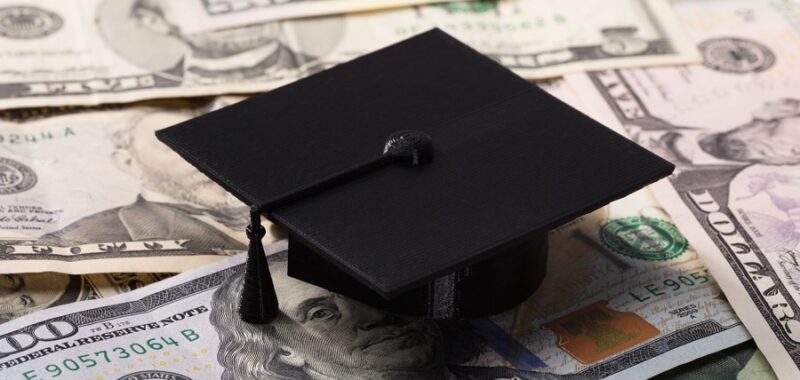
Starting Monday, student loan borrowers who find themselves in default will face government-backed involuntary collections, signaling a brand new landscape after years of pauses, delays and Biden-era relief efforts.
Garnished tax returns, Social Security payments and even wages will all be fair game on May 5 after a five-year pause on severe financial consequences that began during the economic upheaval of the COVID-19 pandemic.
The Trump administration has made clear no additional debt forgiveness will be offered to borrowers as congressional Republicans look to revamp the student loan repayment system.
For those who “have been unable to keep up with their loans, the resumption of involuntary elections is going to be catastrophic,” said Aissa Canchola Bañez, policy director for Student Borrower Protection Center.
“We’re literally seeing the folks who can least afford it being penalized with this change,” Bañez said.
Borrowers who are struggling with their student loans are put into delinquency after 90 days of missed payments, affecting credit scores.
After 270 days, borrowers are put into default, which presents more serious financial consequences such as involuntary collections from their paychecks or difficulty securing future loans.
Those penalties have been on a break since March 2020, when the first Trump administration put a pause on all student loan repayments, meaning millions of college graduates have never lived in a world where they were a risk.
Senior Education Department officials said borrowers will be given a required 30-day notice before wages are garnished. The federal government can garnish up to 15 percent of a person’s paycheck.
“American taxpayers will no longer be forced to serve as collateral for irresponsible student loan policies. The Biden Administration misled borrowers: the executive branch does not have the constitutional authority to wipe debt away, nor do the loan balances simply disappear. Hundreds of billions have already been transferred to taxpayers,” Education Secretary Linda McMahon said.
Advocates are encouraging borrowers to get in contact with their loan servicers if they are struggling, sign up for an income-driven repayment (IDR) plan and consider loan consolidation options.
Rochelle Gorey, founder and CEO of SpringFour, a financial health fintech, said that “consumers are searching for assistance and help and are not quite sure what to do,” adding “they can’t solve this problem on their own.
“We are helping direct people to food savings, utility and heating resources, financial counseling, ways for them to see decreases in household expenses that then creates a bit more cash flow that they can apply to any outstanding debt that’s owed,” Gorey said, emphasizing her group only recommends resources from nonprofits and the government amid concerns about scams targeting vulnerable student loan borrowers during uncertain times.
The restart of payments and penalties is giving whiplash to borrowers who spent the previous four years under an administration that was trying to lower their debt, not crack down on it.
Borrowers will also have to contend with changes at the Department of Education, which has laid off half its staff and has been targeted for complete elimination by Trump. The agency insists it will be able to meet all of its legally mandated functions despite the reductions.
“They fired all of the people, all the cops on the beat overseeing the student loan servicers, who have an abominable track record on serving their borrowers,” said Julie Morgan, former deputy under secretary at the Department of Education.
During her time there, “We were looking at how the servicers were performing, and whether or not they were giving borrowers what they were owed under these tenant plans. And we found they weren’t picking up their phone to answer people’s questions. They were leaving people on hold for hours. People would try to get into payment plans, and they would delay putting the person into the payment plan,” Morgan said.
At the same time, House Republicans are looking to change the student repayment options that are currently available to borrowers.
In budget reconciliation text released last week, lawmakers revealed they are looking to simplify student loan repayment options down to two programs, concerning some advocates who say the new plans could increase monthly payments for borrowers.
“Nobody is actually trying to solve that kind of [loan] service problem, and the Republicans in Congress are trying to make the plans less affordable. It’s going to be extraordinarily difficult for borrowers to make their” payments, Morgan said.

